
Fermenting Tip: Put a Lid on It?
Kefir
Kefir — Put A Lid On It!
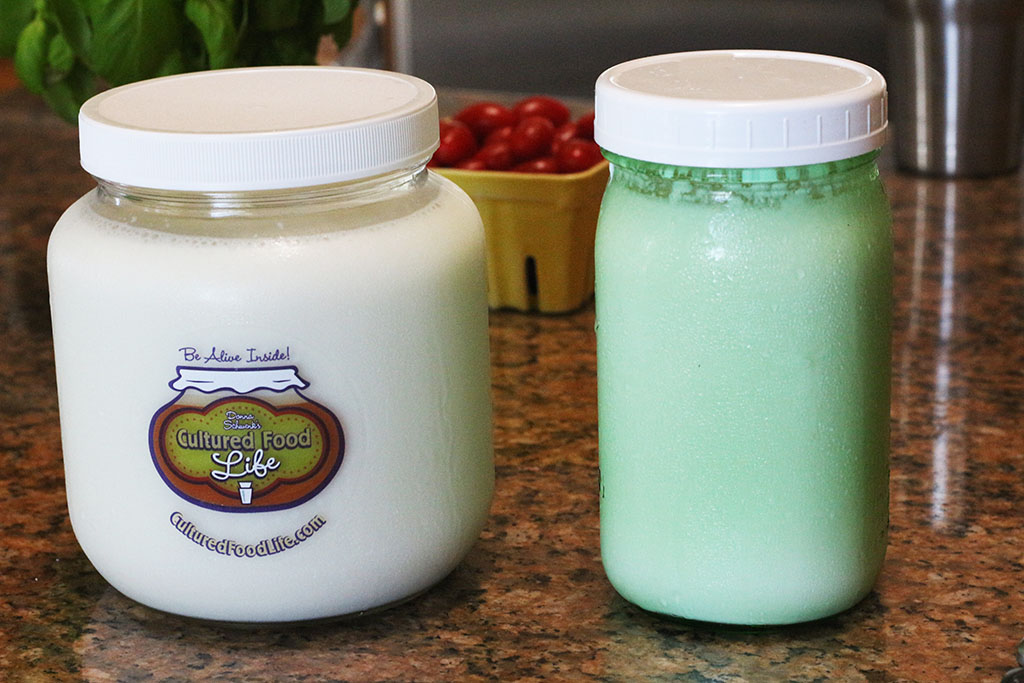
Cultured Vegetables
Cultured Vegetables — Put A Lid On It!
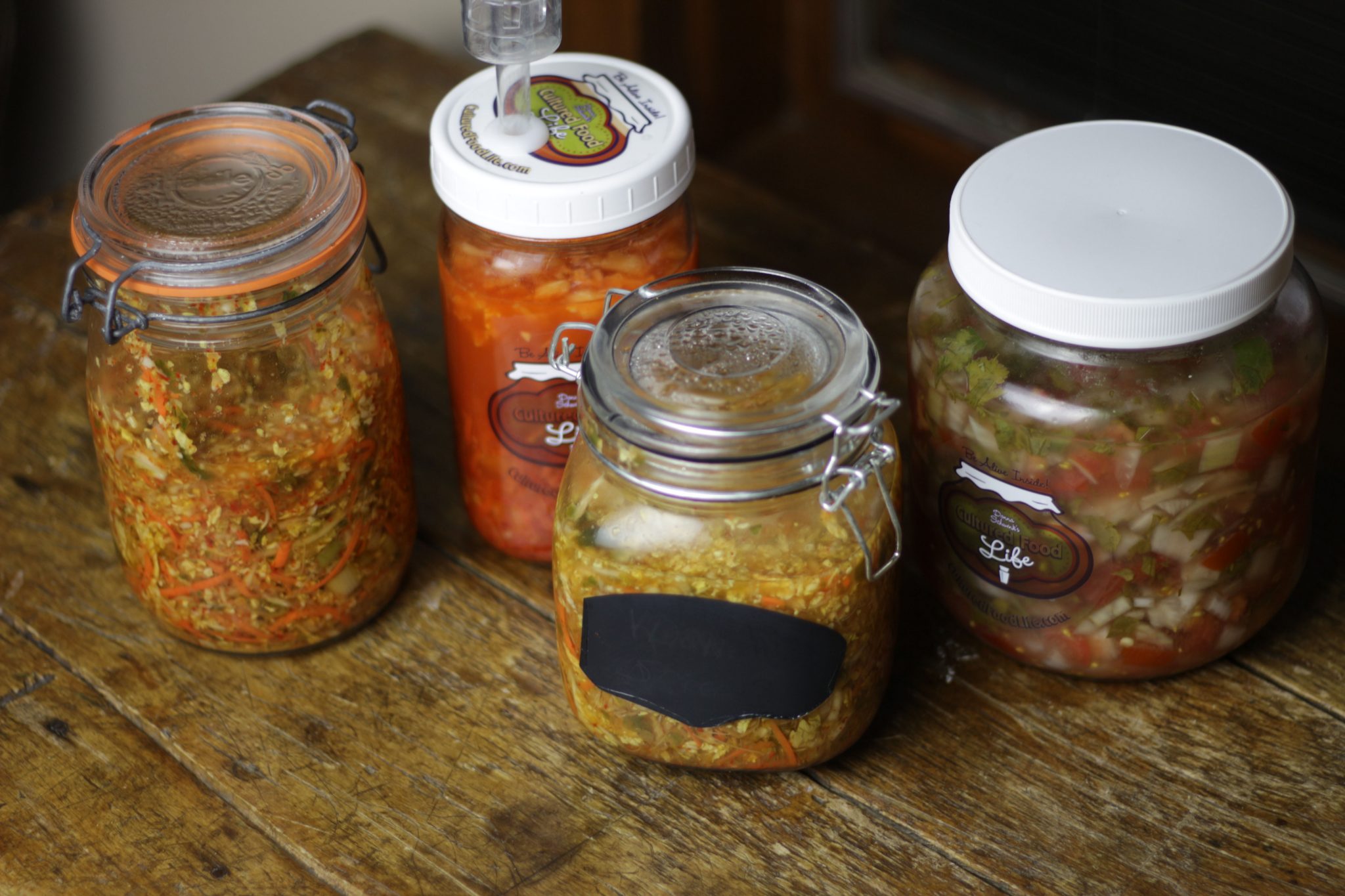
Cultured Vegetables — Made Safe
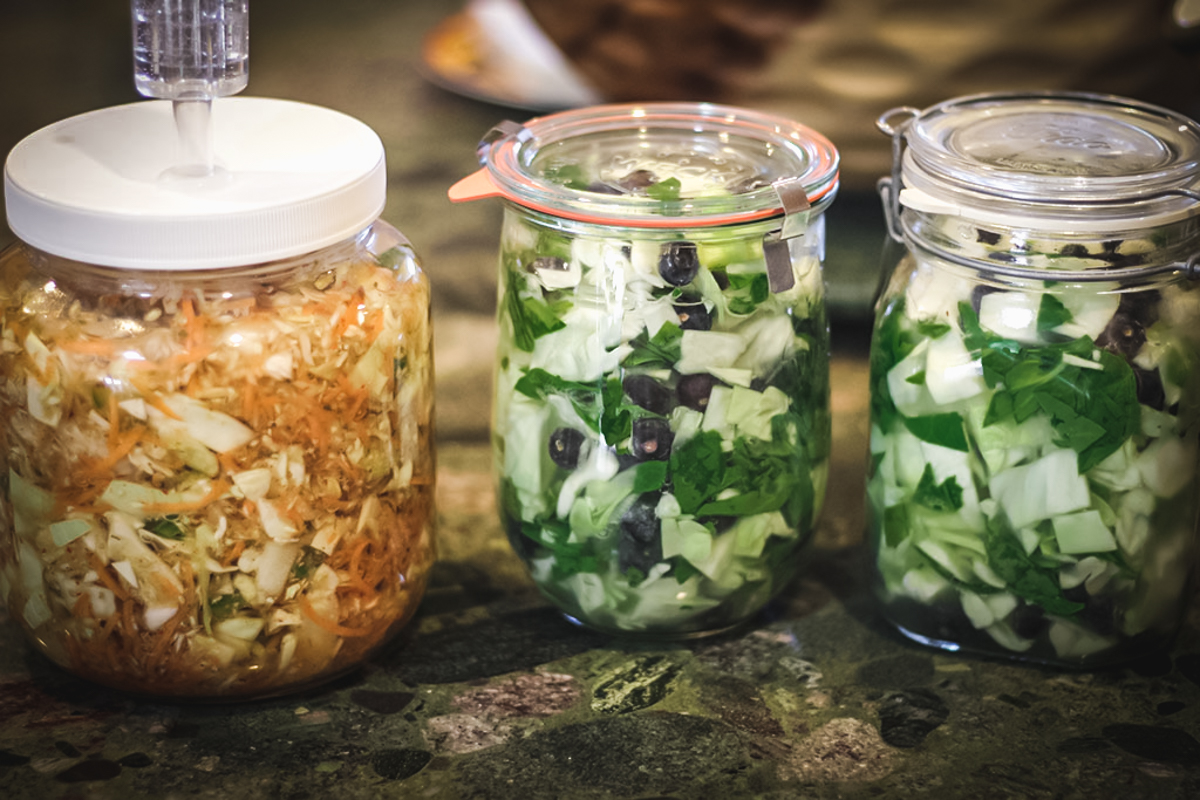
What I Use
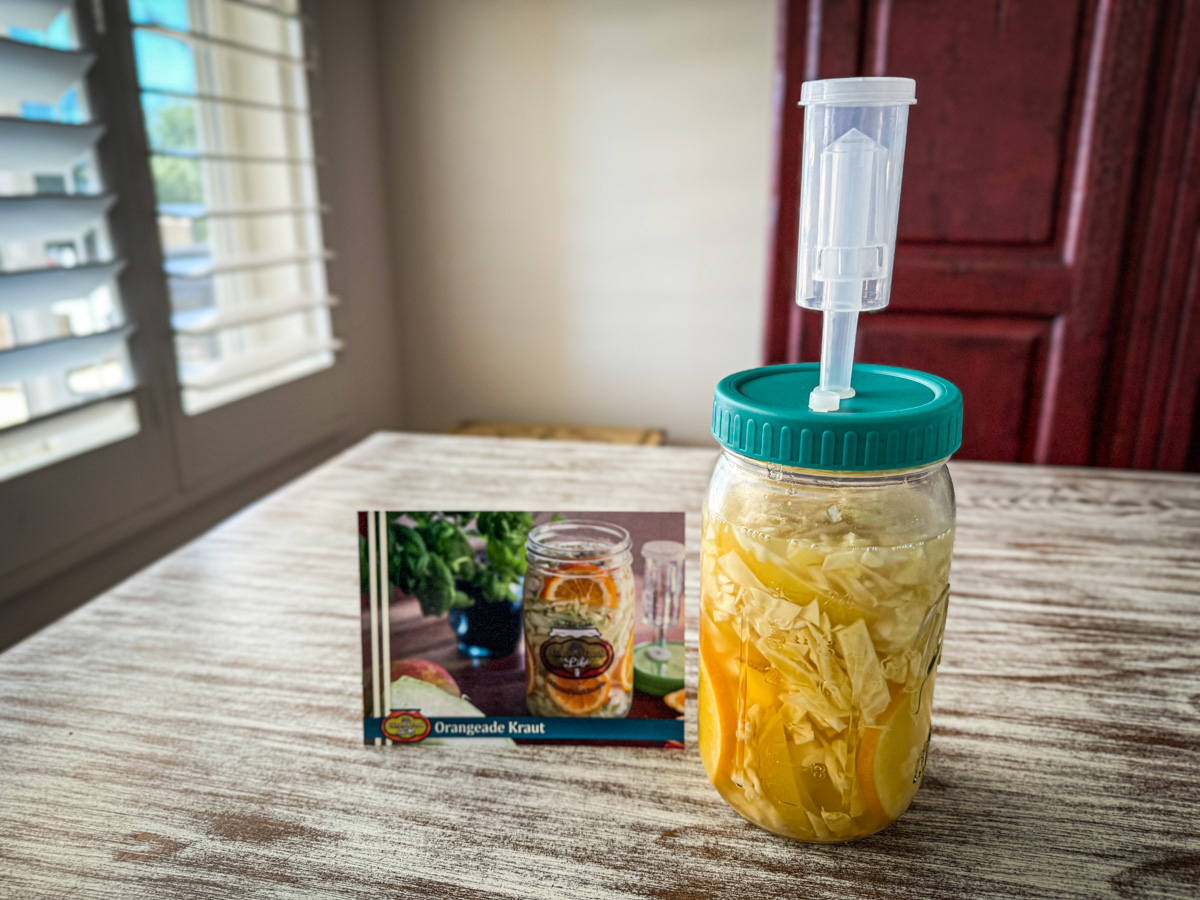
Kombucha
Kombucha — Cloth And Rubber Band
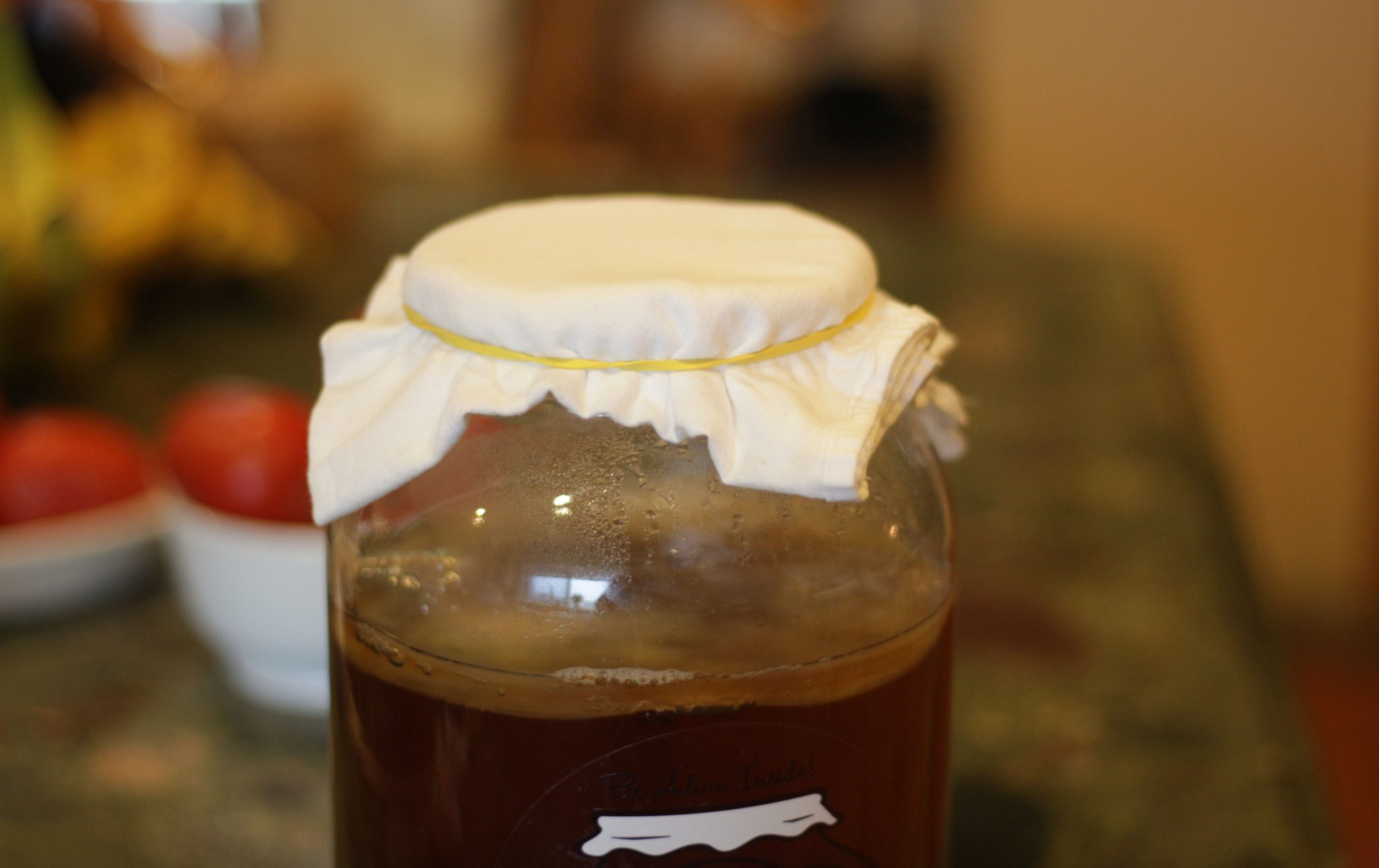
Sourdough Starter
Sourdough Starter — Secure Lid
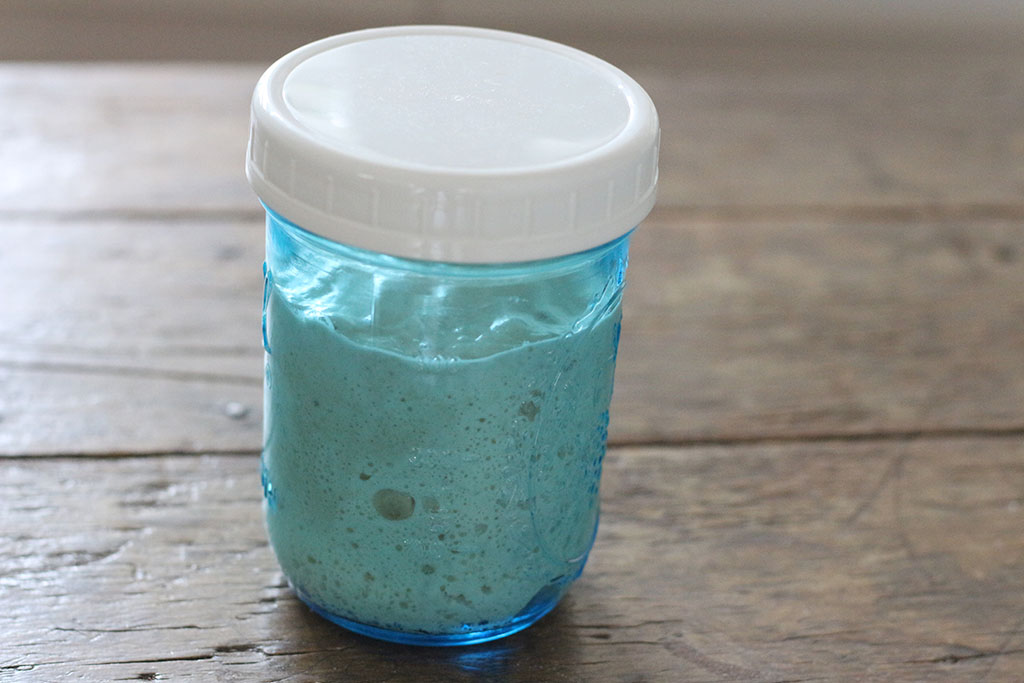
Listen To My Podcast
When you're making fermented foods, you need to know which ones are anaerobic and which ones or aerobic... meaning or which ones need lids or a cloth & rubber band. It's important to know which one to use so you can avoid problems with your ferments. Check out the podcast to learn more.
Are you on the list?
Sign up today and I'll send you my free Getting Started Guide!
Each week I'll send you updates, tips, recipes, and more! You might even be a winner of my weekly giveaway! (starter cultures, memberships, and more!)
Come be a part of my cultured food family!


